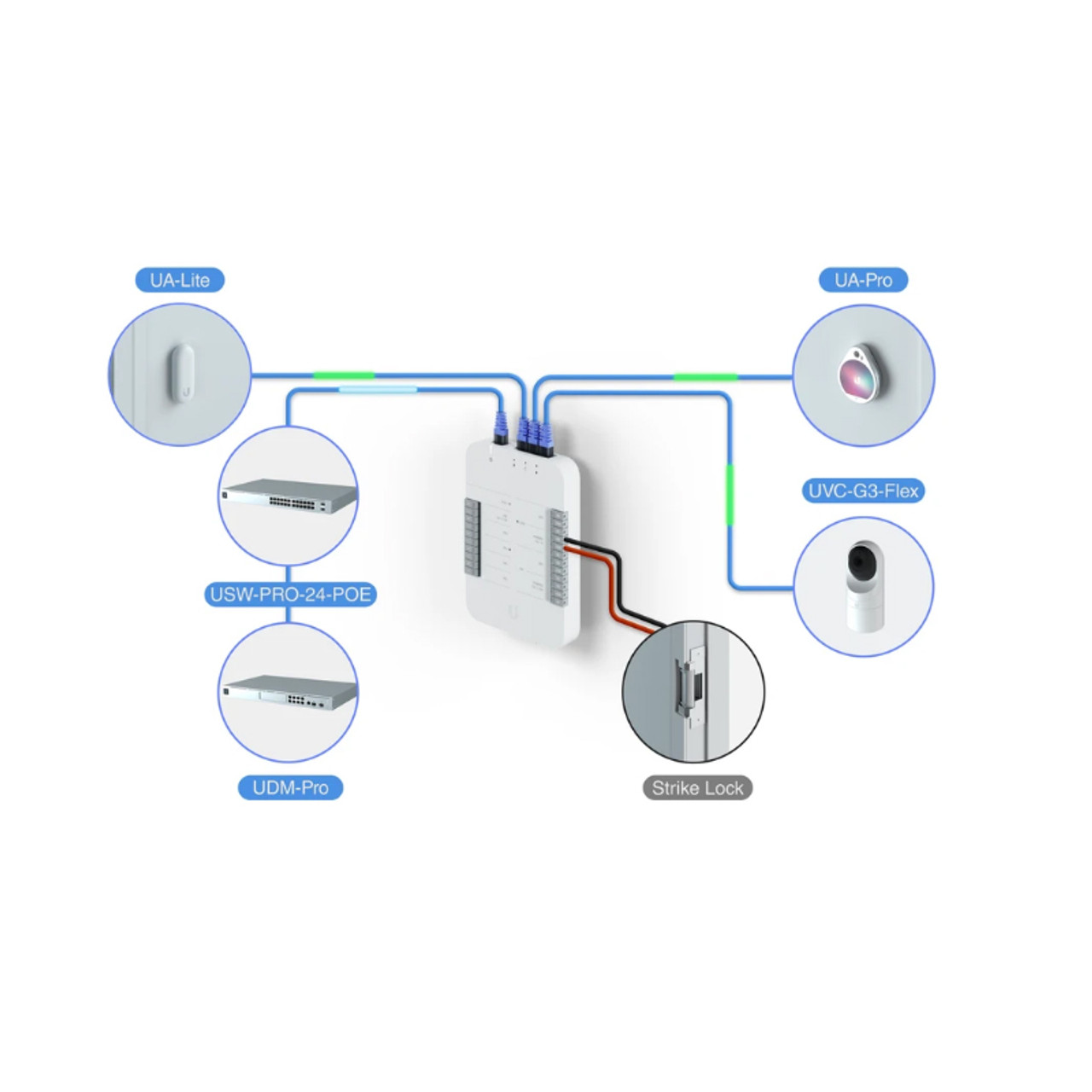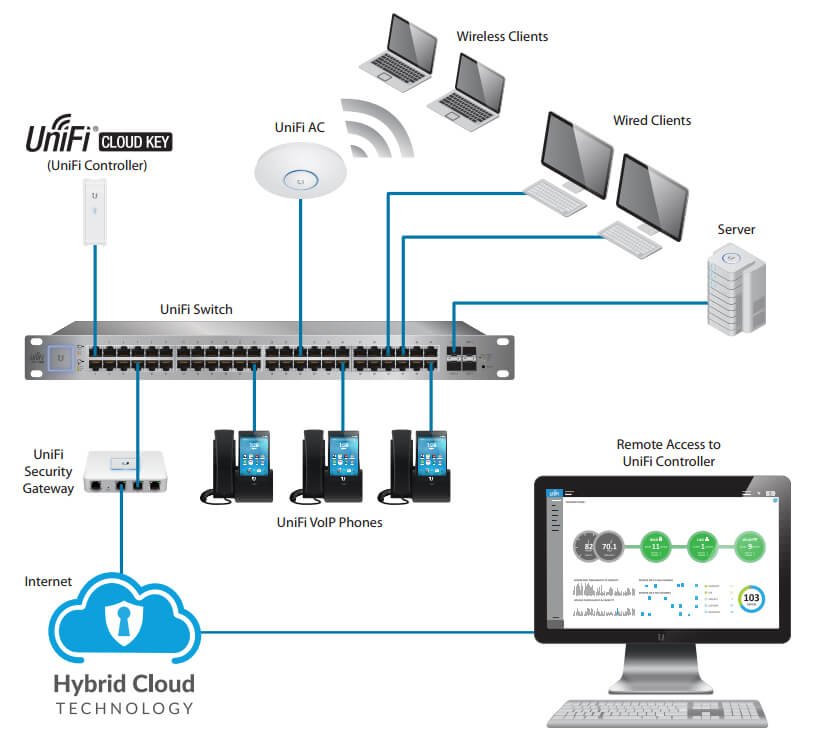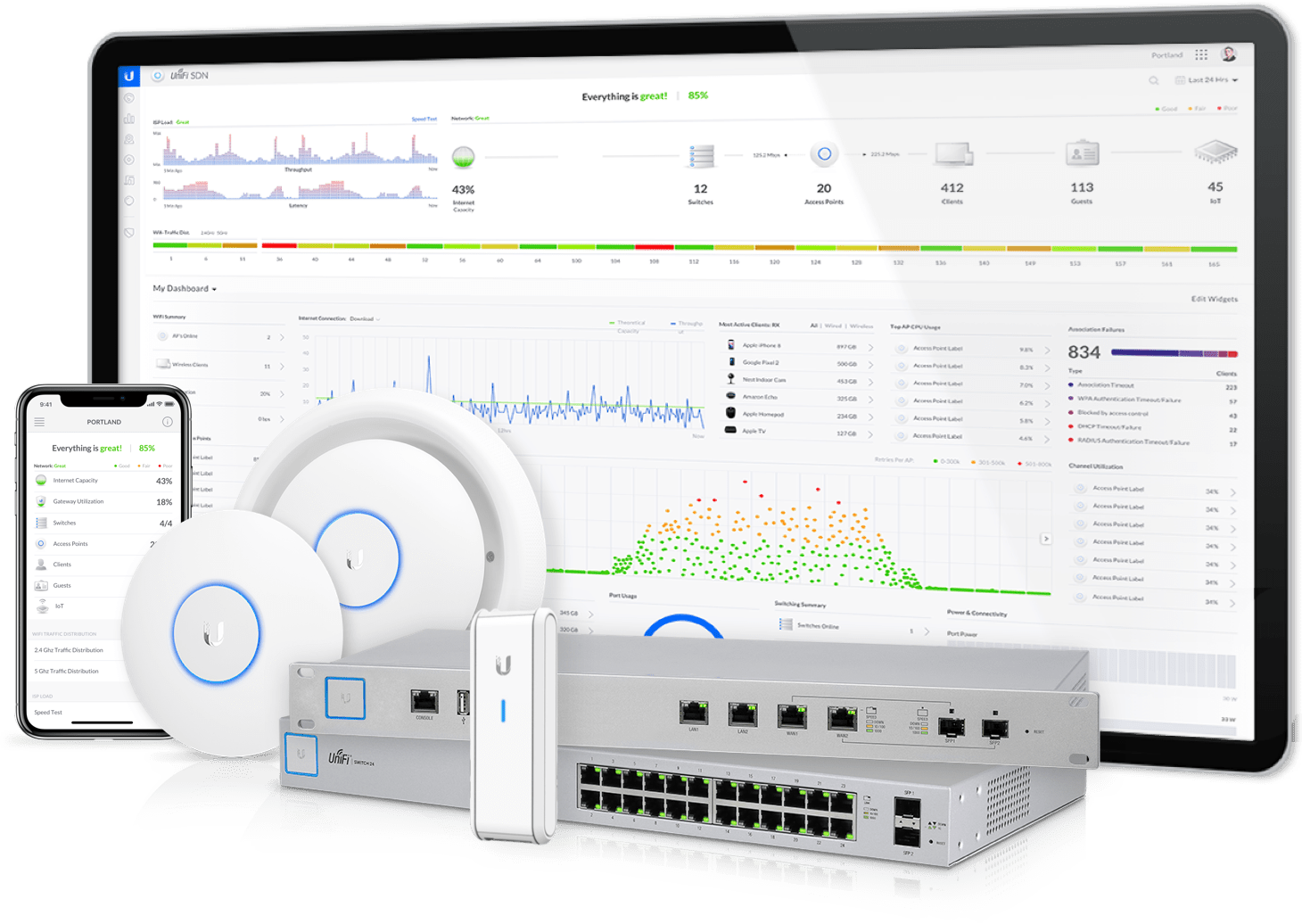


This is why I need to provide AWS_HOSTED_ZONE_ID, AWS_ACCESS_KEY_ID and AWS_SECRET_ACCESS_KEY to the Traefik container after which I can request wilcard-certificates (which is something you don’t get with http validation,).

First of all this is because I’m opting for automatic certificate provisioning for which I’m using Amazon’s route53 domain validation. The VM is of type Standard_B1ms (2GB RAM) and will probably cost you money, so please be aware of that.Īs you probably already figured, this is not a ready-to-run example. I use docker-compose for defining what runs in docker on the Azure Virtual Machine. You don’t want to open it up to the whole Internet. I do advise you to restrict access to the VM’s forwarded ports only from the AP location’s IP address, for security reasons.
#ACCESS UNIFI CONTROLLER SOFTWARE#
I use Traefik to forward port 443 (https) to port 8443 (https) in the container running the software.Īlso, the UniFi Network Controller software requires port 8080 (TCP) (among others to be opened up for successful AP adoption, and I don’t intend to have this go through Traefik. The UniFi Network Controller web UI port is 8443 and it has a self-signed web certificate only for providing encryption (though susceptible to a man-in-the-middle-attack). To be clear, I’m using Traefik v2 as the reverse proxy and have it terminate the SSL connection. You can always leave a comment when one of these topics interests you, it could motivate me to write about it 😃 I could create many articles about the entire setup, which involves Route 53 DNS hosting with Amazon, HashiCorp’s Terraform for deploying the Virtual Machine (VM) to Azure (including a customized Network Security Group involving IP-filters), Ansible for installing docker on the VM and Traefik Letsencrypt Amazon route53 domain-based certificate generation, but I’ll keep this article focussed on the Traefik (v2) set-up for having it acting as a reverse proxy to the UniFi Network Controller software. Because running the Unifi Network Controller web UI with a proper (valid and auto-renewing) LetsEncrypt web certificate and working websocket connections wasn’t trivial after all, that’s what I’m sharing in this article. The software is therefore running as a container on a Virtual Machine in the Microsoft Azure cloud and AP’s are adopted by it via the ‘Layer 3 Adoption for Remote Unifi Controllers’ method. This is about my WiFi network set-up with Ubiquiti Access Points (AP’s) in a home situation, but without having (or wanting) physical hardware for running the Unifi Network Controller software on premise (required for set-up and management purposes).


 0 kommentar(er)
0 kommentar(er)
